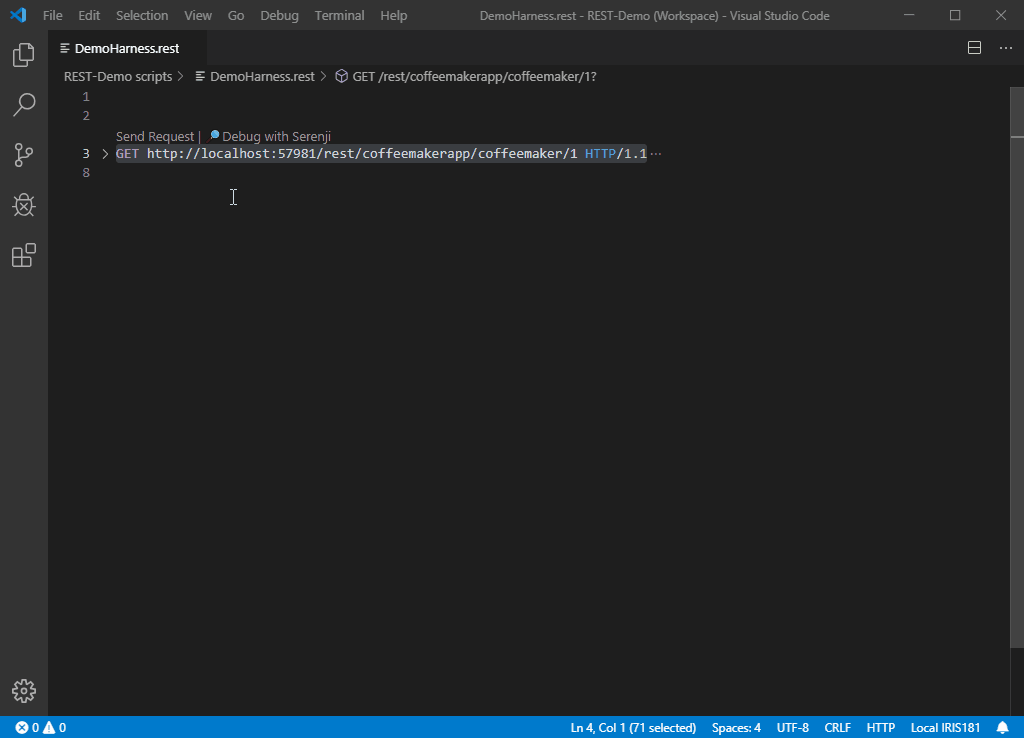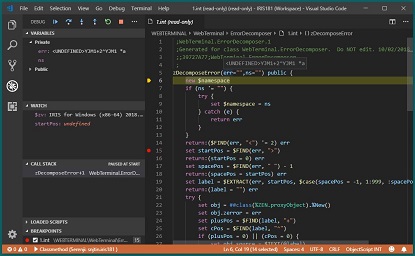Hello,
I am reading in an X12 document into my production that needs to be processed and returned as a CSV file. I have created a record map to support the fields I want to extract with a batch class to store headers. I have a DTL mapping the data to the appropriate fields in the record map and am sending the record map to a EnsLib.RecordMap.Operation.BatchFileOperation.



.png)

